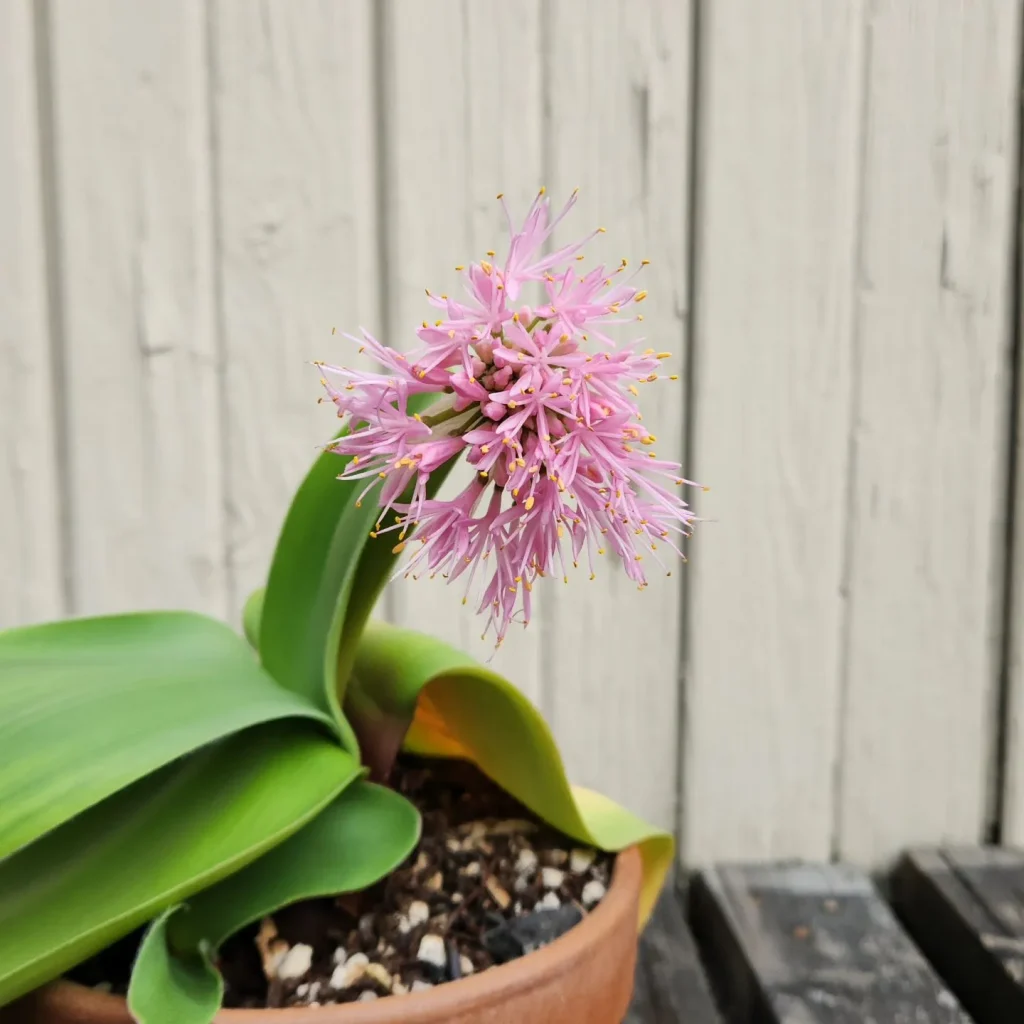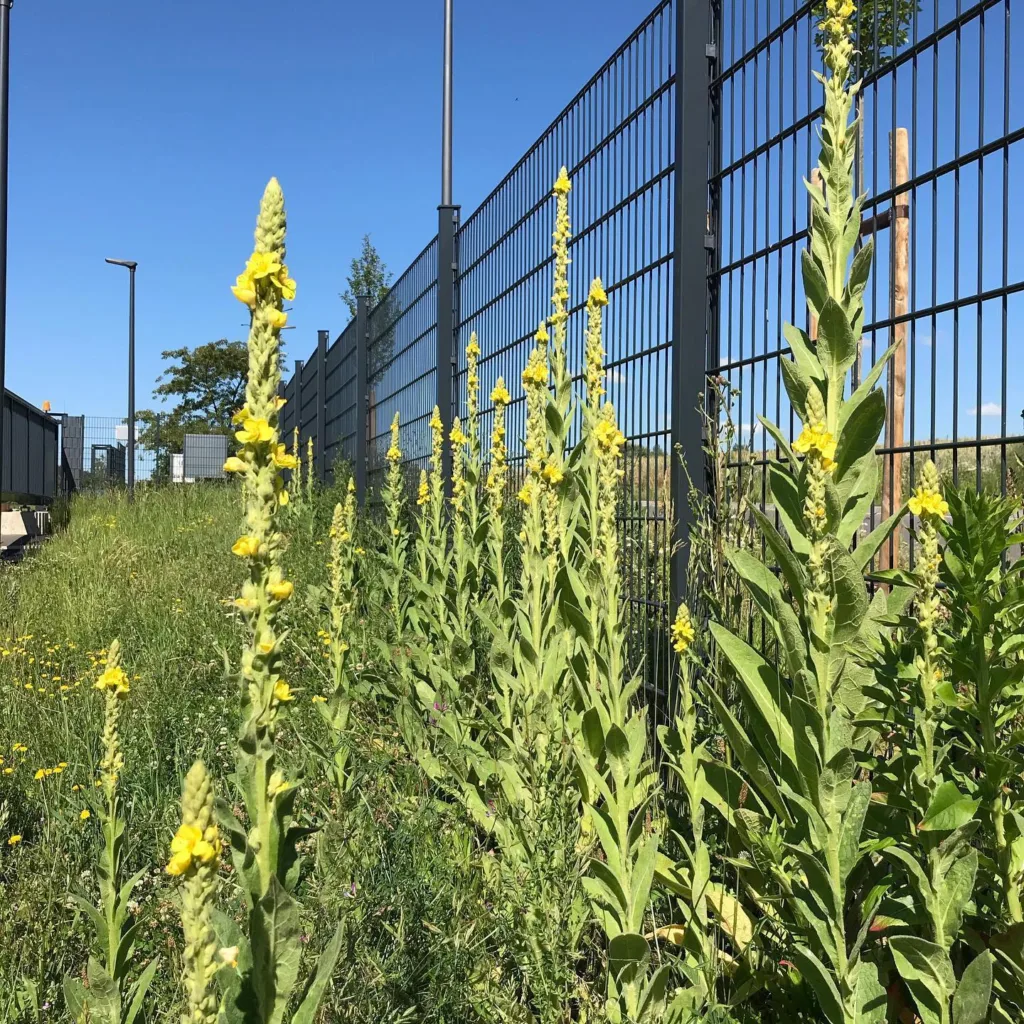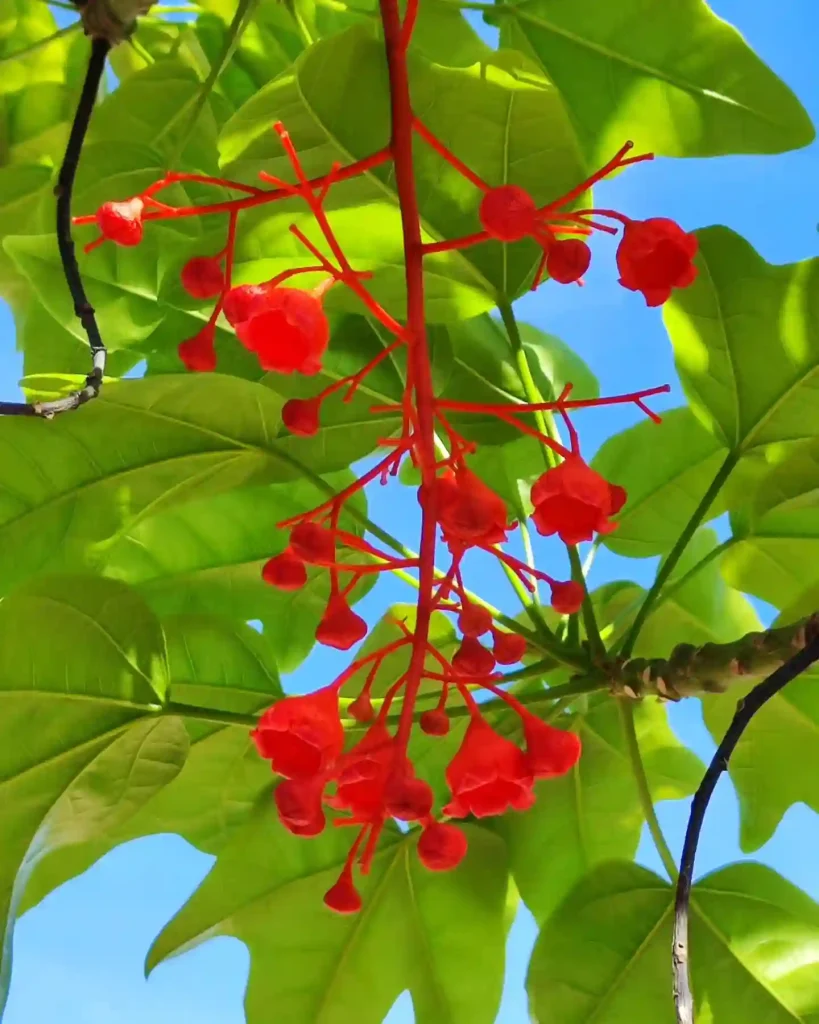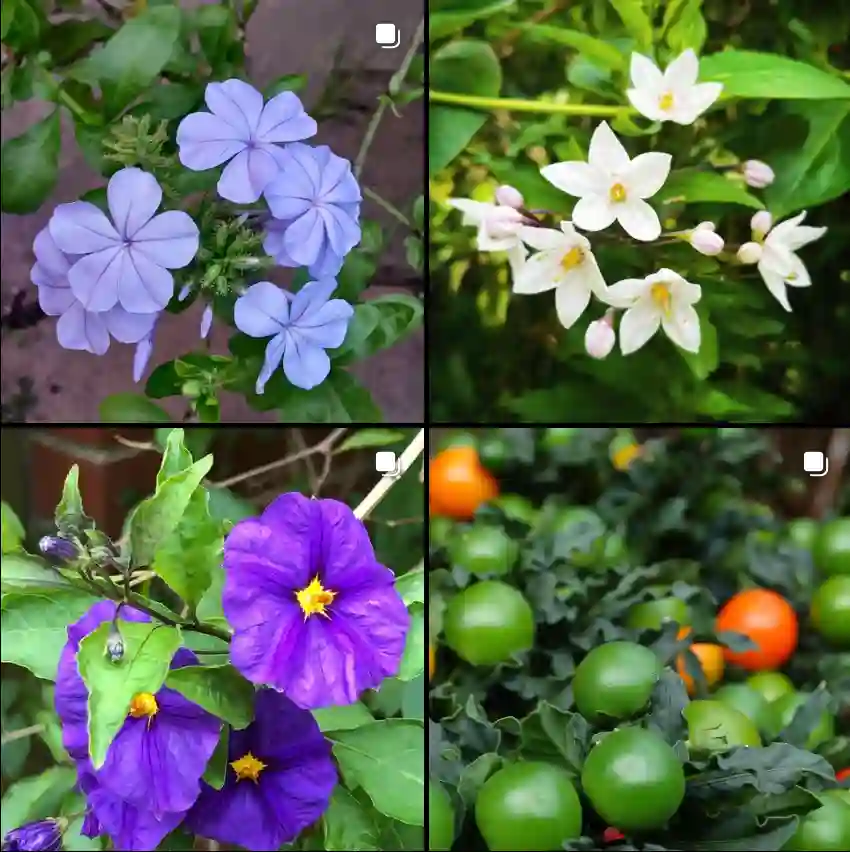My Fascination with the Kumara Genus
As a botanist, I’m constantly drawn to the unique and intriguing in the plant world. Lately, I’ve been captivated by the genus Kumara, a small but fascinating group of succulent plants native to the Western Cape Province of South Africa. These plants belong to the Asphodelaceae family, with their striking fan-like arrangement of leaves, are a testament to the diversity and beauty of the natural world.
Discovering the Kumara
My first encounter with Kumara was purely accidental. While browsing through a botanical database, I stumbled upon an image of Kumara plicatilis, also known as the fan-aloe. The plant’s unusual structure immediately caught my eye. Unlike most aloes, which have a rosette form, Kumara plicatilis displays its leaves in a striking, distichous pattern, resembling an open fan. This unique characteristic sparked my curiosity and led me down a path of discovery about this intriguing genus.
Unraveling the Kumara Species
The genus Kumara comprises only two species:
- Kumara plicatilis, commonly known as the fan aloe, is a unique and striking succulent native to the Western Cape of South Africa. Its appearance is unmistakable, with flat, fan-shaped leaves arranged in opposite rows, giving the plant its distinctively architectural look. The bluish-gray leaves are thick, fleshy, and slightly recurved, a natural adaptation to withstand the arid, rocky environments in which it thrives. In spring, the fan aloe produces tall, unbranched flower stalks with tubular, bright red to orange flowers, attracting pollinators like birds. Known for its slow growth and unusual form, Kumara plicatilis is a popular choice among succulent enthusiasts and makes a dramatic statement in xeriscapes and rock gardens.
- Kumara haemanthifolia is a rare, small aloe species also native to the Western Cape, South Africa, and differs markedly from its relative, Kumara plicatilis. This plant forms a compact rosette of thick, triangular leaves with a smooth, dark green surface and prominent, red margins. Unlike its fan-shaped cousin, K. haemanthifolia is a ground-hugging species, adapted to moist and shaded habitats in high-altitude, mountainous regions. In late spring to early summer, it sends up a slender inflorescence adorned with tubular, bright red flowers, adding a splash of color to the landscape. Due to its specific habitat requirements, this aloe is a challenging but rewarding choice for dedicated collectors who can replicate its native cool, moist conditions.
Both species are endemic to the Western Cape Province of South Africa, meaning they are found nowhere else in the world. They thrive in mountainous regions with well-drained, acidic soil and are often found growing amongst other fynbos vegetation.
The Unique Adaptations of Kumara
What I find particularly fascinating about Kumara is its adaptation to its environment. The thick, corky bark of Kumara plicatilis protects it from fire damage, a common occurrence in the fynbos biome. The distichous leaf arrangement of Kumara plicatilis is also thought to be an adaptation to its environment, possibly allowing for optimal sunlight capture on the steep slopes where it grows.
The Importance of Conservation
Unfortunately, both Kumara species are facing threats due to habitat loss and degradation. As a botanist, I believe it is crucial to raise awareness about the importance of conserving these unique plants. Their unusual morphology and ecological significance make them valuable components of the Cape Floristic Region’s biodiversity.
My Continued Exploration of Kumara
My journey with Kumara is far from over. I am eager to learn more about these fascinating plants, including their evolutionary history, their role in the fynbos ecosystem, and the conservation efforts aimed at protecting them. I believe that by understanding and appreciating the unique characteristics of Kumara, we can contribute to their preservation for future generations.
If i die, water my plants!



